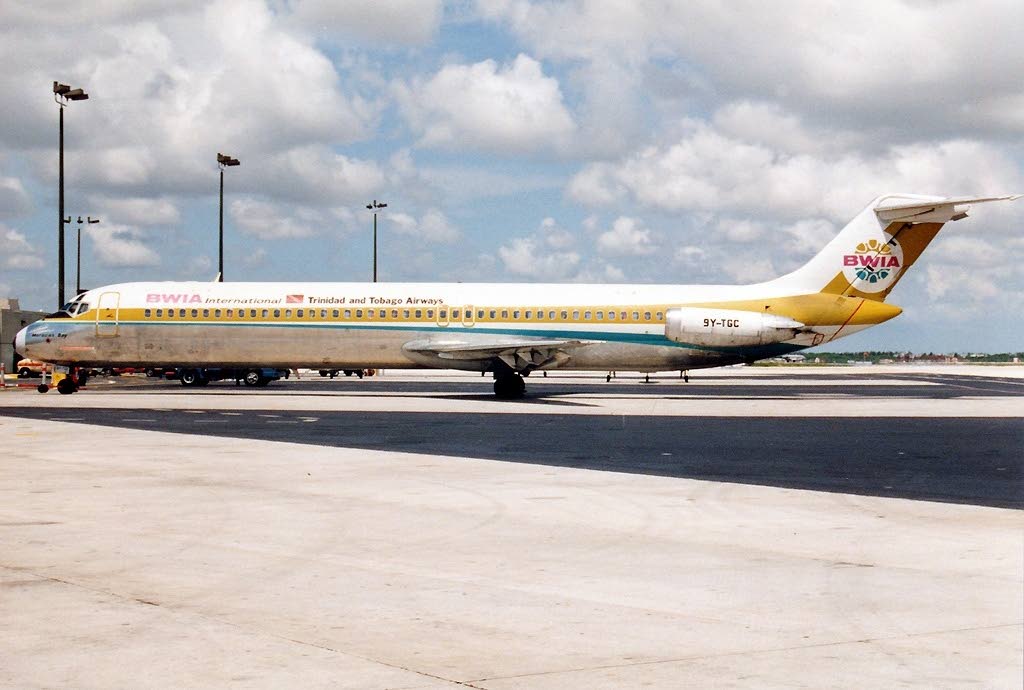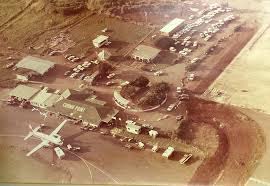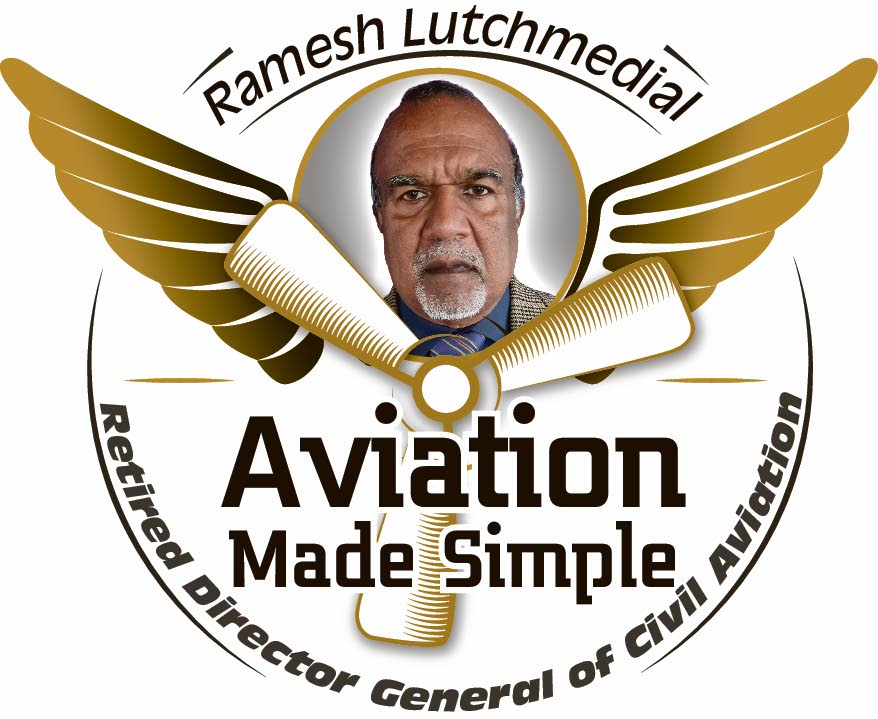Jumpstarting a BWIA jet aircraft

In the airline industry, innovation and creativity are enablers that push the envelope within defined safety parameters to solve problems in non-traditional ways.
Jumpstarting a jet aircraft was unheard of in BWIA until an incident in Tobago when a McDonald Douglas DC9-51 aircraft was stuck in Tobago over the Carnival weekend in February 1982.
After the pilots’ strike in February 1978, Parliament established the TT (BWIA International) Airways Corporation through Act 50 of 1978. This new entity consolidated the international operations of BWIA Airways Ltd and the domestic operations of TT Air Services Ltd (TTAS).
TTAS operated seven Hawker Siddeley HS748 Avro aircraft on the domestic airbridge. BWIA operated international routes to the Caribbean, North America and London using the Boeing 707 aircraft.
The government decided to re-fleet the new airline with modern aircraft. The Boeing 707s were phased out and replaced by four new long-range Lockheed L1011-500 aircraft for North America and Europe.
Four new McDonald Douglas DC9-51 aircraft and one DC9-34CF convertible freighter were acquired to operate the Inter-Caribbean routes, including Jamaica and Miami.
The Boeing 707 aircraft engines, like all jet engines, had pneumatic starters that required high-pressure air from ground support equipment (GSE) to start. The HS 748 used 24V DC for its electrical starters.

However, the L1011-500 and the DC9 aircraft were manufactured with integral auxiliary power units (APUs). The APU engines produced electrical power and high-pressure air for starting the aircraft engines and for air conditioning.
People travelled between Trinidad and Tobago using the inter-island ferry or the HS748 Avro aircraft. During long weekends, the higher-capacity DC9 aircraft was used to supplement the HS748 Avro operations.
During the Carnival weekend of February 1978, both inter-island ferries, the MV Tobago and the MF Gelting, were out of service owing to maintenance issues. This significantly increased the domestic airbridge demand.
On February 19, Carnival Friday, a DC9 aircraft landed shortly after midday at Crown Point Airport (now ANR Robinson). The aircraft taxied onto the tarmac, which, because of its size, could only accommodate one aircraft at a time.
In trying to start the aircraft engines for the return flight, the APU turbine fragmented and the start was aborted. Subsequent attempts to restart the APU failed.
There was no GSE in Tobago to provide high-pressure air to start the engines. This required bringing an air start unit from Trinidad by ferry. The first available sailing was the MF Gelting, estimated to be operational by 10 am on Ash Wednesday.
Matters became further complicated because there was no available tow tug or other equipment in Tobago to move the aircraft off the tarmac to facilitate the arrival and departure of other aircraft.
Arriving aircraft had to park on the runway next to the terminal building for passengers and crew to disembark and embark. Piarco air traffic control would not grant clearance for another aircraft to depart for Tobago without confirmation that the last aircraft that had landed there was airborne and en route to Piarco.
This caused flights to back up, and the situation became quite chaotic due to disgruntled passengers.
I was part of a skeleton crew from the engineering department tasked to support the maintenance operations over the Carnival period.
On Saturday morning, February 20, I learnt that the DC 9 failed APU, and immediately went across to Tobago to survey the situation.
Looking at both DC9s parked next to each other, it dawned upon me that, based on the architecture of the DC9 pneumatic system, it was possible to use high-pressure engine air from one aircraft to start the disabled aircraft.
I went back to Piarco and, with my colleague Ralph Fields, designed a recovery plan. We returned to Tobago the same day with a measuring tape and calculated that 250 feet of high-pressure air hose (HPAH) was required.
However, BWIA did not have any HPAH of that length. Over the next few days, we scoured Piarco airport gathering pieces of HPAH. We struck luck when we found several pieces at the British Airways hangar. With assistance from two aircraft mechanics, we fabricated metal ducting to join the sections of HPAH using clamps with connection adaptors at both ends.

A major impediment was a group of employees who were urging the mechanics to withdraw from the project, claiming the aircraft engine would overheat on startup and they would be terminated.
This new dimension gained traction and slowed things down, as jumpstarting had never been done before at BWIA. Detailed technical explanations had to be given to the naysayers to convince them our recovery plan was very safe.
The recovery was scheduled for Ash Wednesday. A pilot crew was called out to fly the disabled aircraft from Tobago.
All the HPAH, tools and equipment were loaded onto a DC9 scheduled for departure at 11 am. Both pilot crews were briefed on the details of the recovery plan.
As we were about to depart, the operator's controller walked up to the aircraft and informed me that the executive manager-technical wanted me to call him urgently.
I called him and he instructed me to abort the mission, as he had received "too many calls about the risk of burning up an engine."
Using jet-engine theory, I explained that the plan was very low-risk and that I would take personal responsibility for any mishap.
He gave his blessings by saying, "I have confidence in you, but make sure the aircraft gets here before the Gelting sails."
At that time, the Gelting sailing was rescheduled for 2 pm.
In Tobago, a flawless recovery plan was executed.
On arrival at Piarco, the pilots taxied the DC9 aircraft into the hangar at 12.20 pm. I called the technical executive manager from the hangar and said, "Your aircraft is in the hangar."
He responded by saying, "Your call could not be timelier."
Unknown to me, he was in a budget meeting with the CEO, who had just asked the question, "Why do we need an engineering department?"
Subsequently, the executive manager authorised the purchase of 300 feet of HPAH, and the CEO approved the engineering department’s budget.


Comments
"Jumpstarting a BWIA jet aircraft"